
Книги 2016–2017
Selected bibliography in the field of Bulgarian Studies published in the current year
More...We kindly inform you that, as long as the subject affiliation of our 300.000+ articles is in progress, you might get unsufficient or no results on your third level or second level search. In this case, please broaden your search criteria.

Selected bibliography in the field of Bulgarian Studies published in the current year
More...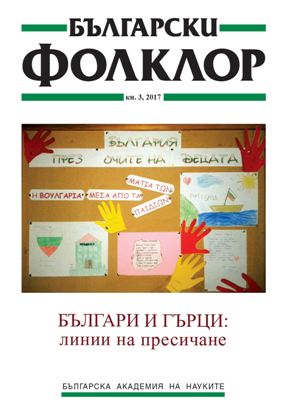
The Balkan Wars (1912–1913) triggered in Bulgaria and Greece unseen enthusiasm and hope for prosperity, as well as for the ‘liberation of our brothers living under yoke”. In the Bulgarian society the Balkan Wars have left a deep emotional trauma. But how does the Greek society evaluate these events? How durable are the Greek military victories and do they nurture new internal or external problems? How do the people in Greece evaluate their own contribution to the success in the Wars and how do they see themselves and their neighbors? What is the relationship between tradition and modernity and what is the place of humanism in this military clash? Is the image of the war undergoing a process of democratization?Seeking for the answers of these and other questions, we decided to present a Greek album from the period. The album is dedicated to the Balkan Wars and remains poorly known. We hope that the analysis of the illustrations in it will enable us to trace the attempt of the authors of the album to influence the audience and will thus allow to see the Balkan Wars through the eyes of the Greeks from the beginning of the 20th century.
More...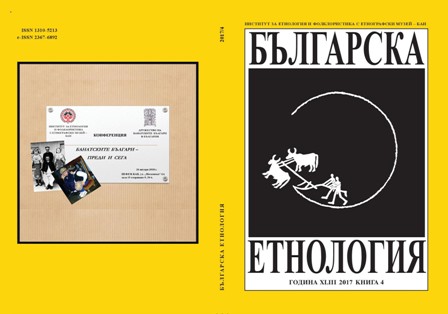
The family and the relations in it have always been in the focus of the social sciences and humanities. They attract particular interest in cases of mixed marriages between individuals from different confessional communities. The present study will pay attention to mixed marriages between Orthodox Christians and Jews. It is based on the history of a family from the city of Sofia, the attitude of the spouses towards religion and the impact of these relations on the children in the family in the 20th century.
More...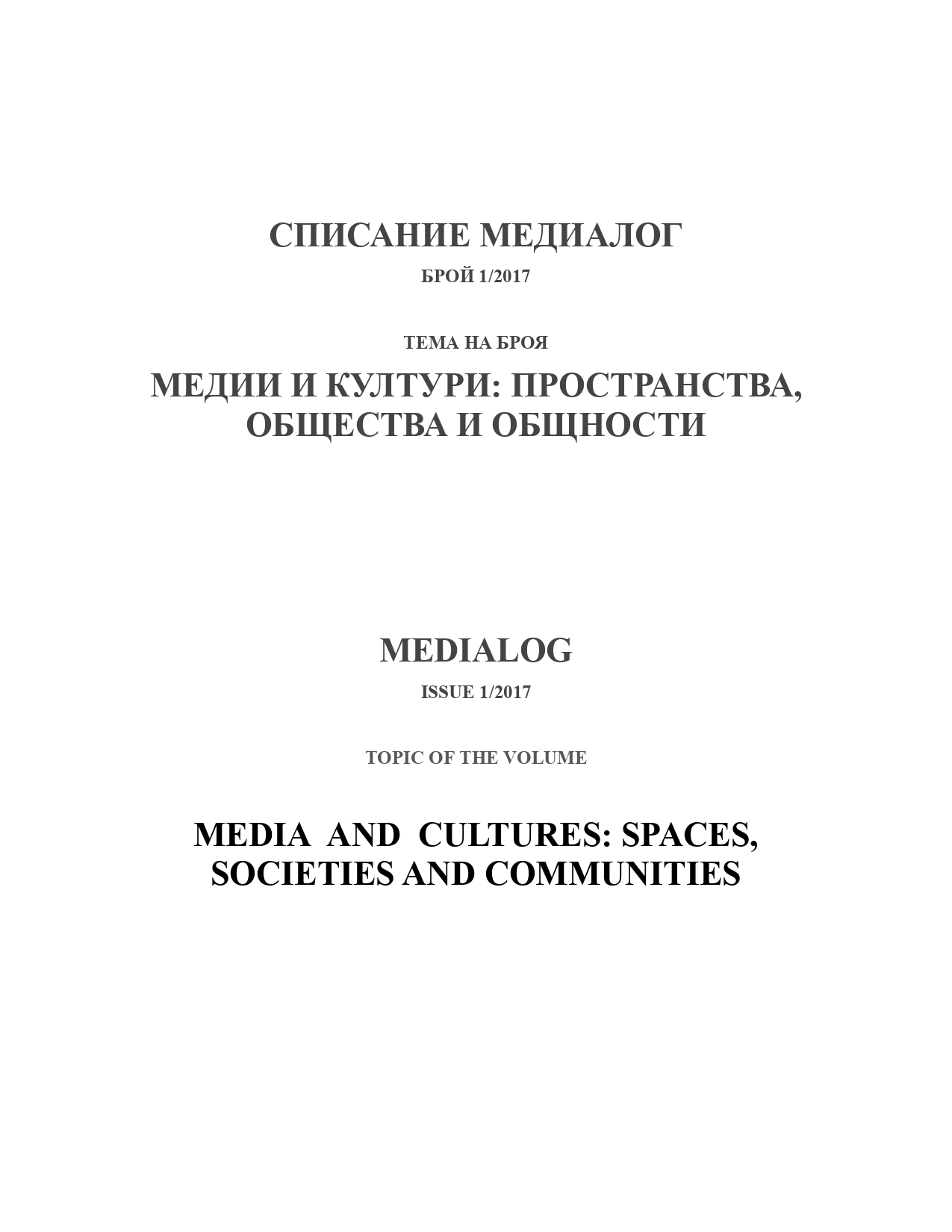
The introductory article of the first issue of 'Medialog' journal presents the new academic journal, part of a new media culture portal. 'Medialog' is a journey into the media worlds. 'Medialog' is an invitation to dialogue addressed to academic researchers and university lecturers, PhD students and students; to all who are curious to understand something more and different about media, communications and culture.
More...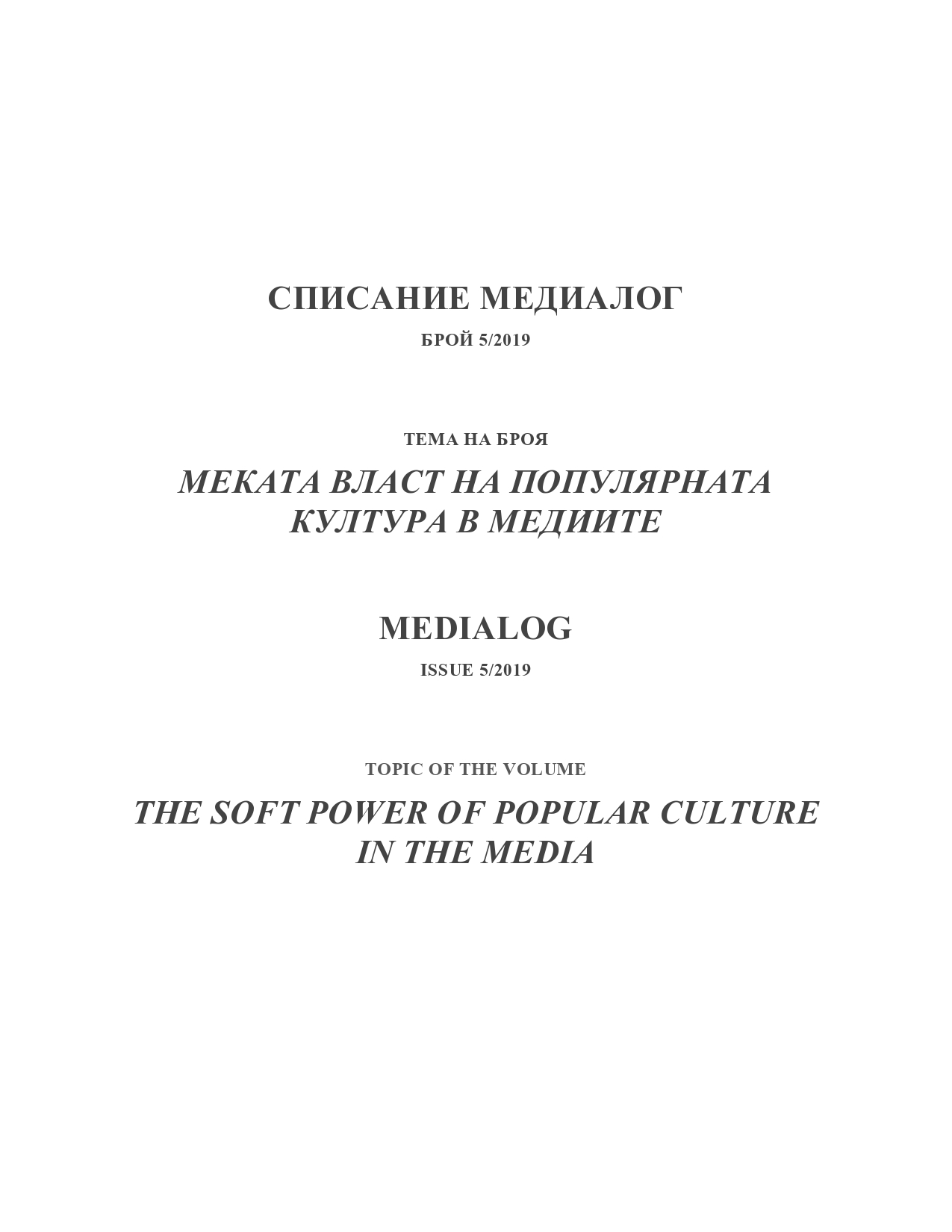
A review of Ivaylo Dichev’s book „Cultural scenes of the political”
More...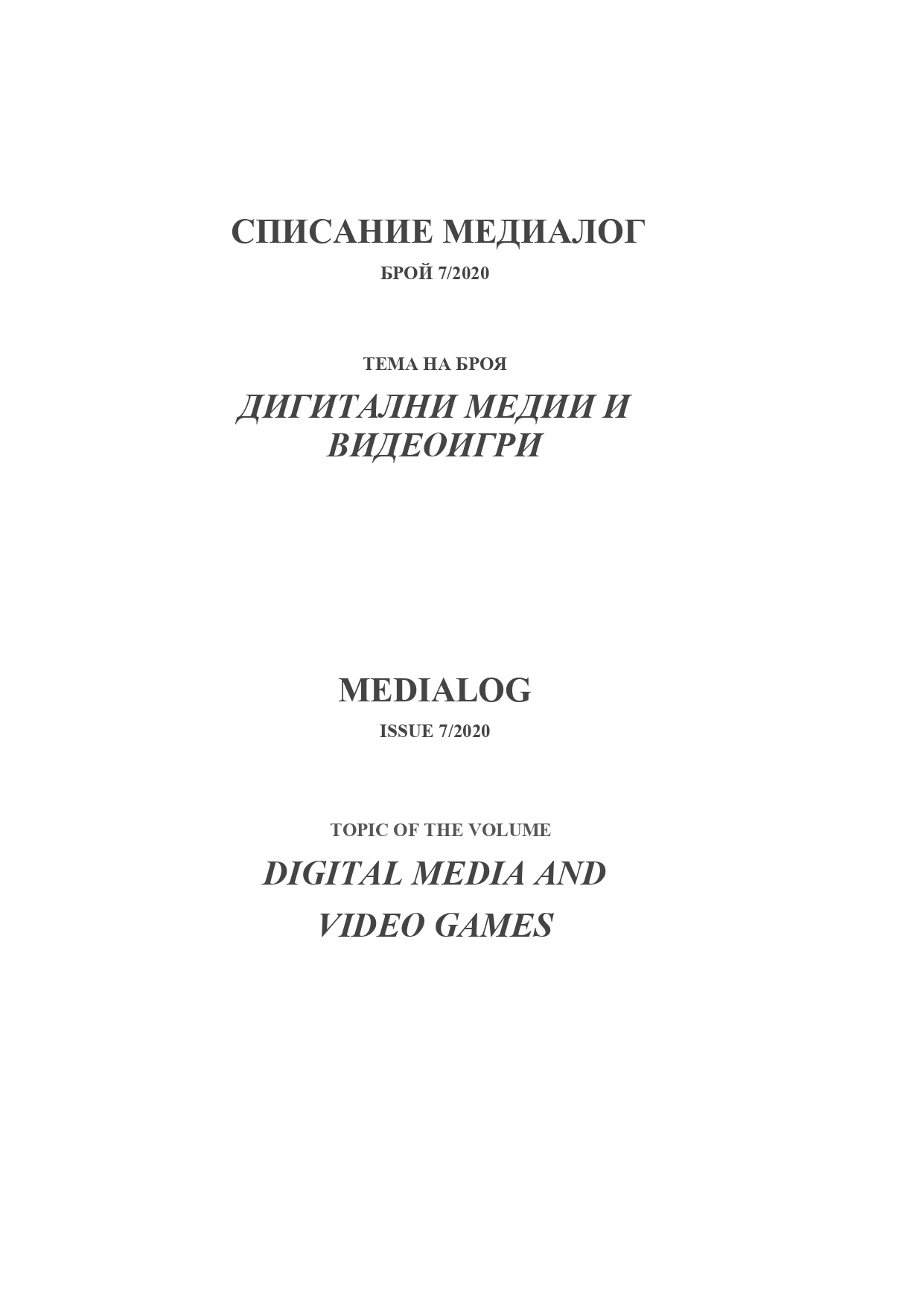
The article’s goal is to imagine a productive form of teaching creative writing as part of a Master's program in fields only remotely connected to literature and literary studies, such as digital media and videogames research. The text begins with a discussion on talent as the ability to perceive and submit to adequate and working models of writing. The topic is then further developed by analyzing talent within the framework of specific creative tools such as close reading and worldbuilding. Finally, the idea of creative writing as a model oriented and model guided activity is connected to the nature of the computer game as a space inhabited by a variety of new discourses, which the player - like a careful and attentive reader – has to learn to read and work with, thus making them part of her personal experience.
More...
A review of the collection “The Soft power of popular music in media (by examples from Bulgaria and the Balkans”, comp. Lozanka Peicheva. Sofia: “St. Kliment Ohridski” University Press, 2020 (160 p.). The collection is part of research collective’s work on the eponymous scientific project “The soft power of popular music in media (by examples from Bulgaria and the Balkans”, financed by the Bulgarian national science fund.
More...
The study focuses on part of the submerged heritage under the waters of several dams in Bulgaria (Ovcharitsa, Rozov Kladenets and Tsonevo). Popular folk singers (Stefka Sabotinova and Penka Pavlova) and singing groups and local singers („Sminana Kitka“, Silvia Dimitrova), who keep songs from the sunken villages, are presented. The focus is on research and knowledge of folklore as a pillar of memory, in the case of the village of Asparuhovo, near and under the waters of Tsonevo Dam. Emphasis is placed on the role of various media and especially digital new media spaces for the „emergence” of the traditional song heritage from the villages left at the bottom of various dams.
More...
Two decades after the publication of the Green Paper on the convergence (1997), radio and television are not only creating and disseminating more and more digital content through digital technologies but are striving for an increasingly integrated online presence. Along with search engines, internet platforms have become an important intermediary between media service providers and audiences whose habits have changed dramatically in the second decade of the 21st century. Broadcast media (BM) have no choice but to be where the users of media content are - content of different quality, origin, purpose, logic of distribution. At the same time, audiences are overwhelmed with mis- and disinformation, which often comes from fake pages and profiles posing as legitimate media organizations, and set against trustworthy media and journalists from public figures. This creates an information crisis, which can be counteracted both by legislative measures and by empowering the audience with media literacy. And while the implementation of educational reform is a slow process, the BM, which still have the largest audiences and are most trusted, can play an essential role in increasing the media literacy of citizens. A function of great public importance, at the same time entirely in their interest.
More...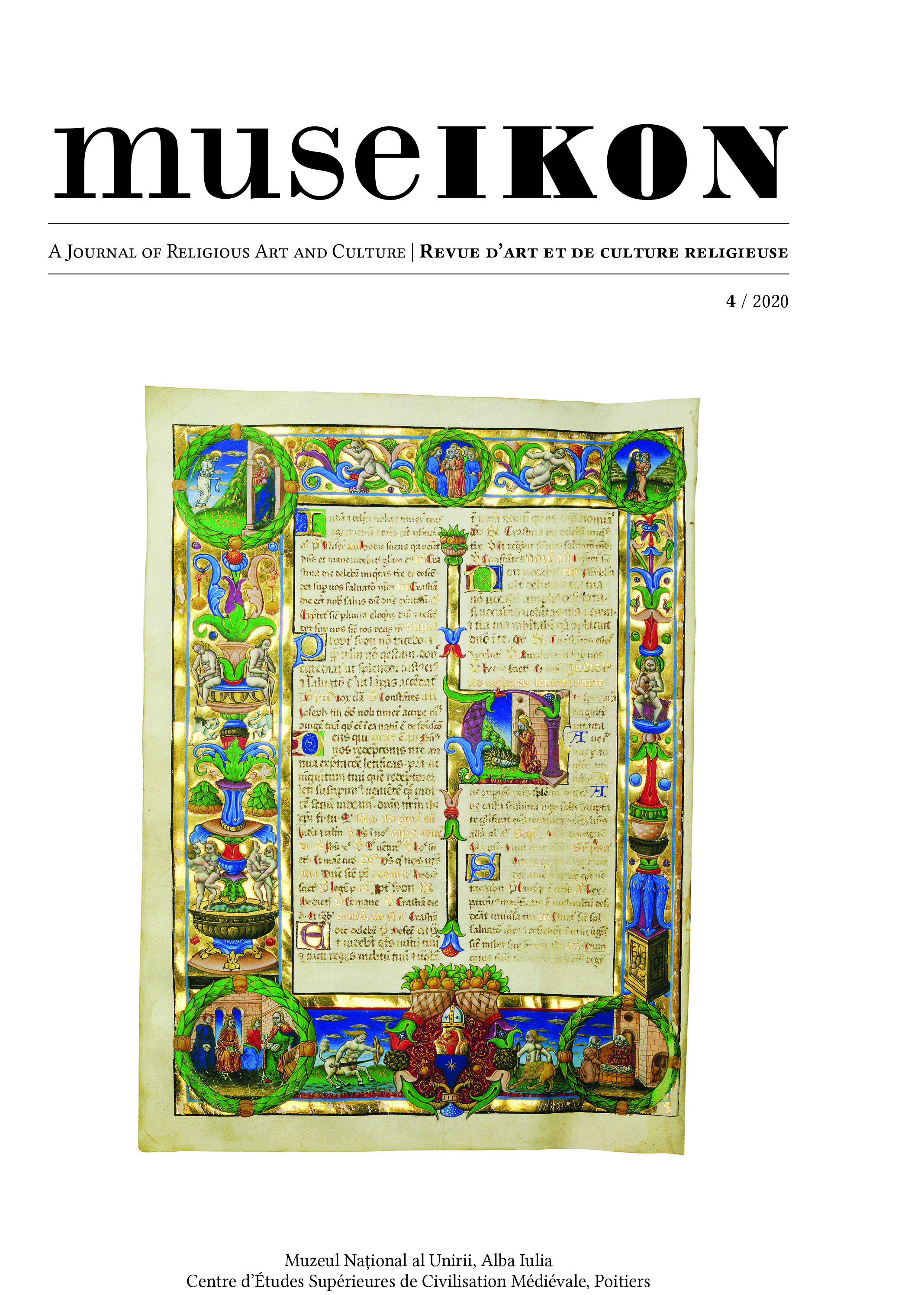
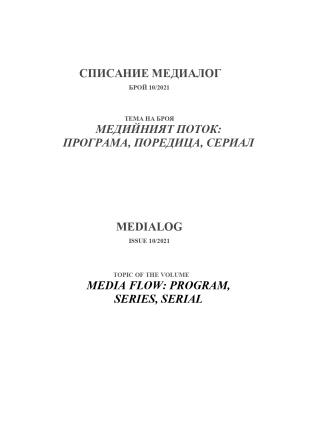
Review of Rosemary Statelova's latest book ‘The Story of a Musicologist’ (Sofia: Riva, 2020). The book, defined as ‘memoir-autobiography’, is not only a biography of Rosemary Statelova, her family and professional environment, but also a biographical history of the packed Bulgarian time in the last 70 years, structured as fragments of memories and texts.
More...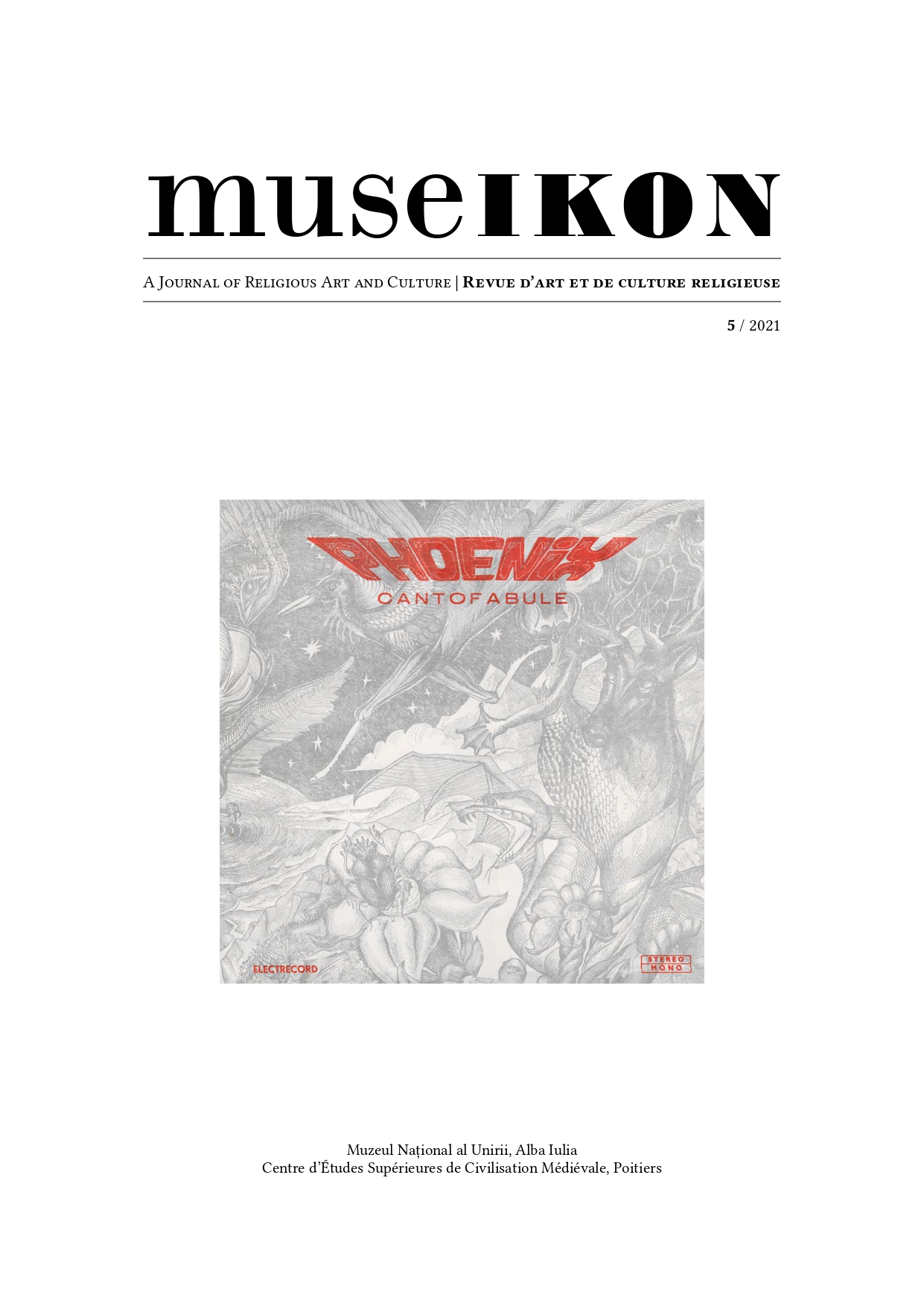
Articolul aduce în atenția istoricilor de artă veche transilvăneană o serie de desene și acuarele reprezentând picturile murale ale bisericii „Sfântul Nicolae” din Bârsău, realizate în secolul al XIX-lea. Dintre cele 15planșe păstrate încă în registrele Muzeului Maghiar al Arhitecturii și Centrului Documentar pentru Protejarea Monumentelor de la Budapesta, una îi aparține lui Horváth Miklós, restul lui Szinte Gábor – ambii profesori de desen la Școala Superioară Regală Maghiară de Stat din Deva în perioada 1882-1886. Valoarea de neprețuit a acestor desene este efectul direct al degradărilor continue ale picturilor bisericii din Bârsău. Stadiul dezastruos de conservare din ziua de astăzi face ca cercetarea picturilor datate în a doua jumătate a secolului al XVI-lea să fie aproape imposibilă pornind de la realitatea in situ.
More...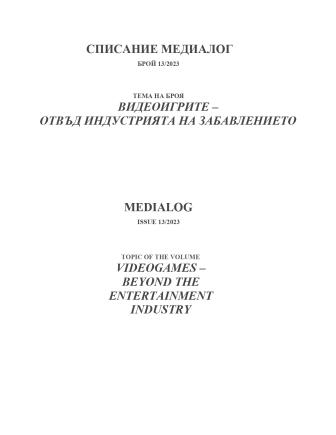
The text examines the narrative of the video game Hellblade: Senua’s Sacrifice through Jean-Noël Thon’s three-part perspectivist model, focusing on its third dimension - the ideological perspective. It states that the elements of the gameplay, usually defined as purely ludic, in fact play a prominent narrative role. The game manages to trick the player without lying to them by relying on classic video game relations such as believing in what is seen and told, the self-identification of the player with the avatar, and uncritically accepting the game’s instructions/information as relating to their own actions, not to those of the avatar. The ideological perspective of the characters combined with the thus created ‘misleading’ gameplay question the game-player relationship, while at the same time succeeding in an original way to distance the player from the avatar and ultimately succeeding to make the player feel towards the game as the character feels within in his own world. Accordingly, if the gameplay has a message, i.e., allows itself to be semanticized independently of and in conflict with the cinematic cuts in the game, it functions narratively and creates a dissonance resulting from two different and parallel forms of storytelling.
More...
The edited volume “Journalism, Values, World. A Jubilee Collection in Honour of Prof. Dr. Maria Neykova” (University Press “St. Kliment Ohridski”, 2022) contains 20 articles united by 5 common themes that contribute to the understanding of a wide range of issues of journalistic practice and to professional debates in the field
More...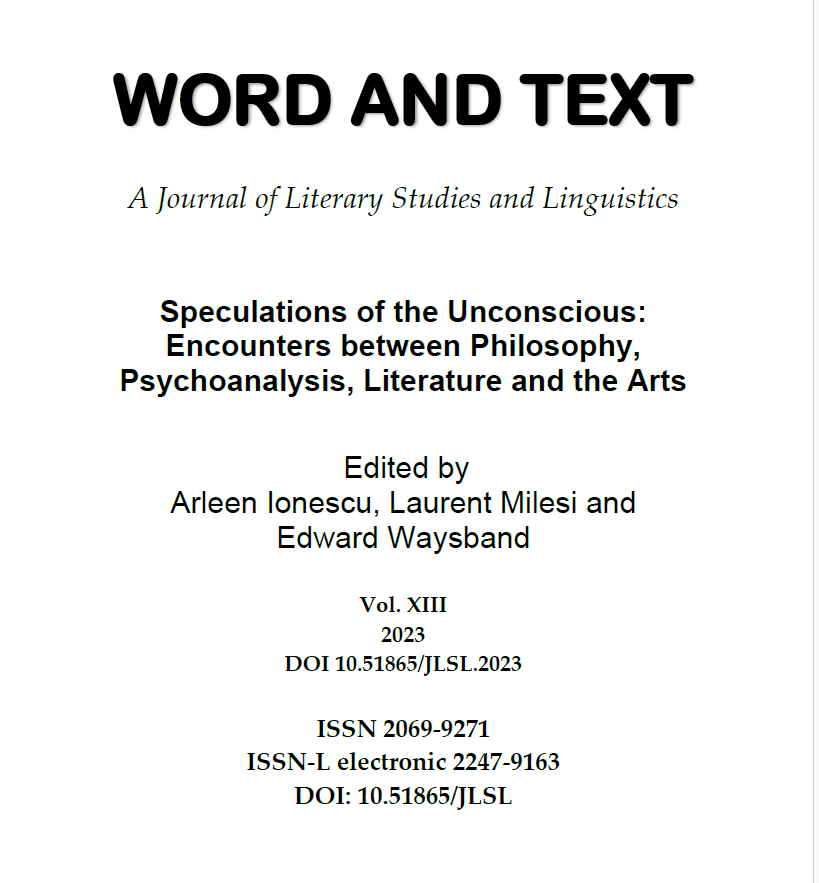
The unconscious (das Unbewusste; etymologically, that which is unknown) is a relatively modern concept that naturalized areas of the unknown previously explored by literature, mythology, and metaphysics. Each in their own domain, Karl Marx, Sigmund Freud and Friedrich Nietzsche, the three ‘masters of suspicion’ (according to Paul Ricoeur), debunked the hubristic claims of modern rational consciousness, exposing its social, existential and psychological grey zones. 1 Inspired by, yet critiquing humanity’s confidence in the power of reason, their acknowledgement of the limits of the Enlightenment is emblematized in Freud’s charting of the conflictual relations between the orderly ego and the unruly id.
More...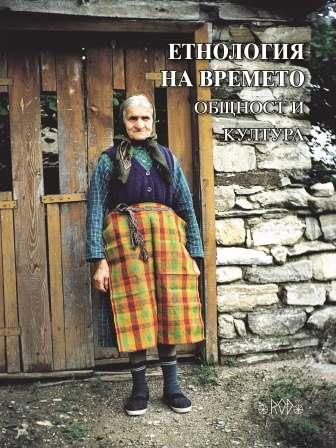
The Bulgarian photographer and researcher, Petar Boev, was appointed as the leader of the first journalistic delegation that visited Vardarska Macedonia from June 8th to June 16th, 1942. The delegation visited dozens of towns, capturing moments of the lives of Bulgarians in Vardarska Macedonia. He took over 100 photographs, which are diligently arranged in an album from Petar Boev’s personal archive. The album was entirely designed by Petar Boev, with beautifully written texts. In addition to the texts, a detailed map of the visited places during the journey was drawn. These photographs, besides being exquisite photographic specimens, hold historical and ethnographic significance. They serve as evidence of the authentic way of life of Bulgarians from the Macedonian folklore region, which remained characteristic until the middle of the 20th century. Petar Boev was a prominent figure active in various spheres of Bulgarian cultural life in the 20th century.
More...
The article explores contemporary tendencies in the art world that incorporate elements from various spiritual practices and customs to reinterpret cultural identity and community. This analysis focuses on the methods by which filmmakers and theatrical creators embed mythological and ritualistic elements into their narrative structures to reach deeper levels of perception and stimulate the audience’s imagination for reconsidering existence in a new context.
More...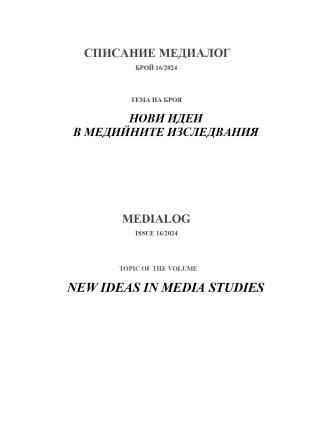
Mobile Journalism is often the subject of debate - is every journalistic assignment outside a studio or newsroom Mobile Journalism and whether the mobility of devices makes journalism mobile? This study presents another angle to the topic of Mobile Journalism, namely focusing on Smartphone Journalism. Why does one particular device stand out among the many technological innovations? The revolution in the field of journalism comes precisely from smartphones due to a specific reason – the liberalization of content distribution channels. These are the first devices in such a wide-scale use, where traditional media systems no longer control the channels for content to reach audiences. The article presents data, collected as part of the International Project: “Mobile Journalism Practice and Education in Central-East European Countries”
More...
The text explores laughter in the Horizont za vas show on the Bulgarian National Radio during two election campaigns for parliament. It analyses the dialogues with listeners and the documents that regulate what is legally acceptable to discuss during a campaign and what is not. The rare instances of on-air humor are not sought by journalists in purpose, and in most cases, are not intended by the audience either. The topics discussed, including the elections, are not approached through humor. The attempts to control communication on both sides are notable. Political satire is not present in the studio, domesticated by the contenders vying for power.
More...
The book “Kicked a Building Lately? Architectural Criticism after the Digital Revolution” by Aneta Vasileva also becomes a history of writing about architecture in the first decades of the digital revolution. But it is also a history of the parallel lives of paper newspapers and online blogs. The tension between digital/analog is very well sketched in her text. This allows her to describe the transition of architectural criticism from the media to social networks. The author introduces us to the history of criticism, which tries to make visible the processes in an increasingly invisible architectural history.
More...